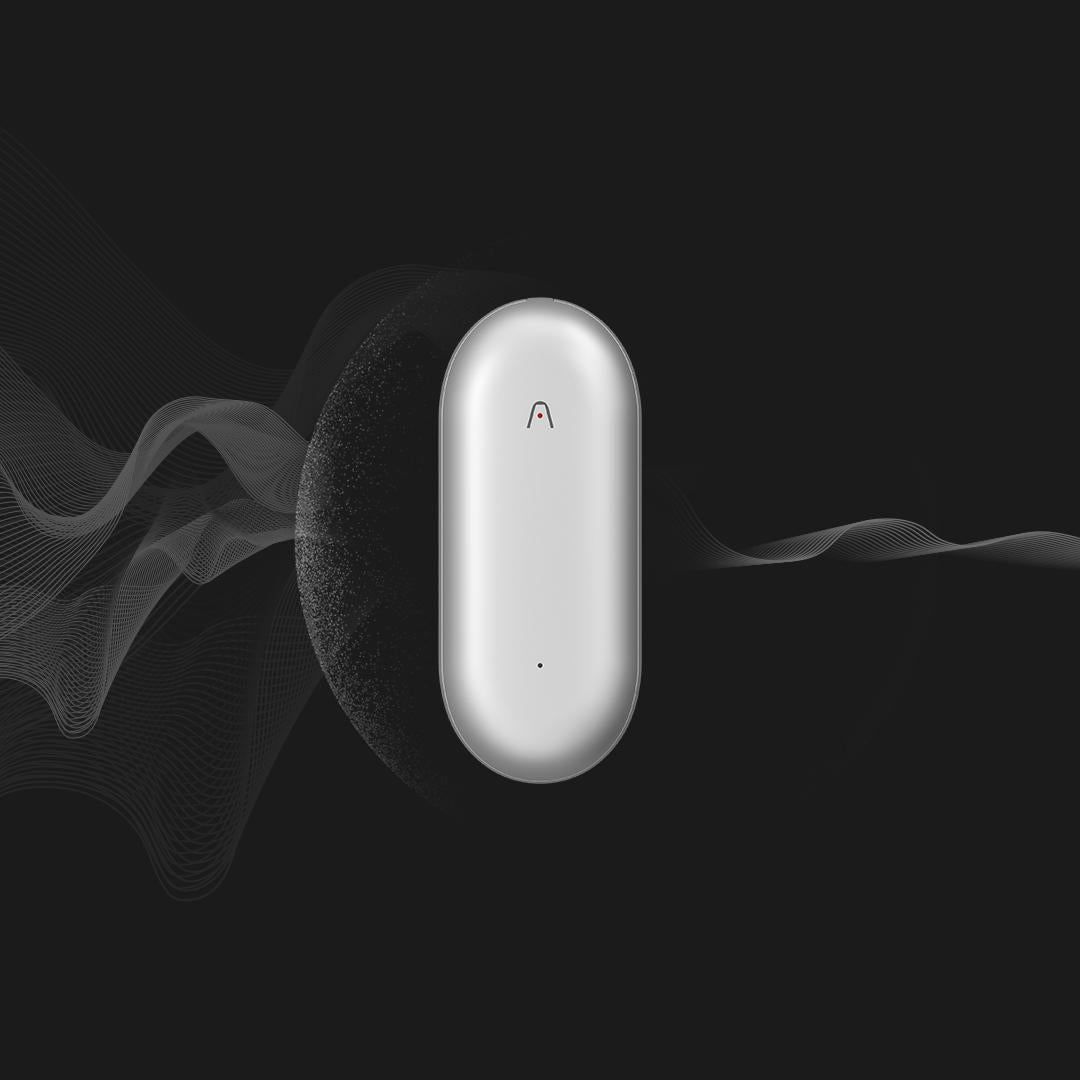Unlock Your Perfect Note-Taking Experience: Discover the Ultimate Devices Today!
In today’s fast-paced world, effective note-taking is crucial in various aspects of life, be it education, work, or personal organization. With the right device, you can streamline your note-taking process, enhance your learning, and boost productivity. Whether you're a student trying to keep up with lectures, a professional needing to organize meetings, or an artist sketching out ideas, the right note-taking device can make all the difference. With a plethora of options available in the market, from digital tablets to traditional notebooks, it’s essential to explore what best suits your needs and preferences.

Understanding Note-Taking Devices
Note-taking devices come in various forms, primarily categorized into digital and traditional options. Traditional devices, such as notebooks and journals, offer a tactile experience that many users cherish. They allow for free-form creativity—drawing, doodling, and writing by hand can often enhance memory retention. On the other hand, digital devices, including tablets and smart pens, provide functionalities that traditional options cannot match. These include easy organization, searchability, and the ability to share notes across platforms. Each type has its strengths, catering to different user needs; while some may prefer the simplicity of pen and paper, others might gravitate towards the advanced features of digital note-taking tools.
Key Features to Consider When Choosing a Device
When selecting a note-taking device, several essential features should be considered to ensure a satisfying user experience. Portability is paramount; whether you’re commuting to work, attending classes, or traveling, a lightweight and compact device is vital. Battery life is another critical factor, especially for digital devices, as you don’t want to be caught without power during an important lecture or meeting. Ease of use is equally important—look for devices that facilitate quick note-taking and have intuitive interfaces. Additionally, the writing experience, whether it’s the feel of the pen on paper or the responsiveness of a digital stylus, can significantly impact how enjoyable and effective your note-taking process is.
Comparison of Popular Note-Taking Devices
In the realm of note-taking devices, there are numerous options that cater to diverse user preferences. For instance, traditional notebooks often boast the simplicity of writing without distractions. They can be found in various formats, from lined to dotted grids, each serving different purposes. However, they lack the organizational features found in digital devices. Digital tablets, on the other hand, offer the ability to categorize notes into folders, search for keywords, and even integrate multimedia elements like images and audio clips. Smart pens provide a hybrid experience, converting handwritten notes into digital format while allowing for a similar tactile experience to writing on paper. While each option has its strengths, understanding your unique needs will guide you in making a choice tailored to your style.
User Scenarios and Recommendations
Different users have varying needs when it comes to note-taking devices. For students, a digital tablet with stylus support can be a game-changer, allowing for efficient organization of lecture notes and easy sharing with classmates. Professionals may prefer a sleek notebook for quick jottings during meetings, paired with a digital solution for long-term organization. Artists may find joy in sketchbooks that allow for free expression, though some may lean towards tablets that combine drawing and note-taking capabilities. Ultimately, it's about personal preferences; experimenting with a few options, perhaps borrowing devices from friends or testing them in-store, can help you find that perfect fit.
Making an Informed Choice for Your Note-Taking Needs
In conclusion, choosing the right note-taking device is essential for enhancing productivity and satisfaction in both personal and professional realms. By understanding the different types of devices available and the key features that cater to individual needs, you can make an informed decision. Whether you prioritize portability, battery life, or the writing experience, it’s crucial to evaluate your specific requirements before making a purchase. Take the time to explore your options, and you’ll be on your way to unlocking a more effective note-taking experience.






Comments